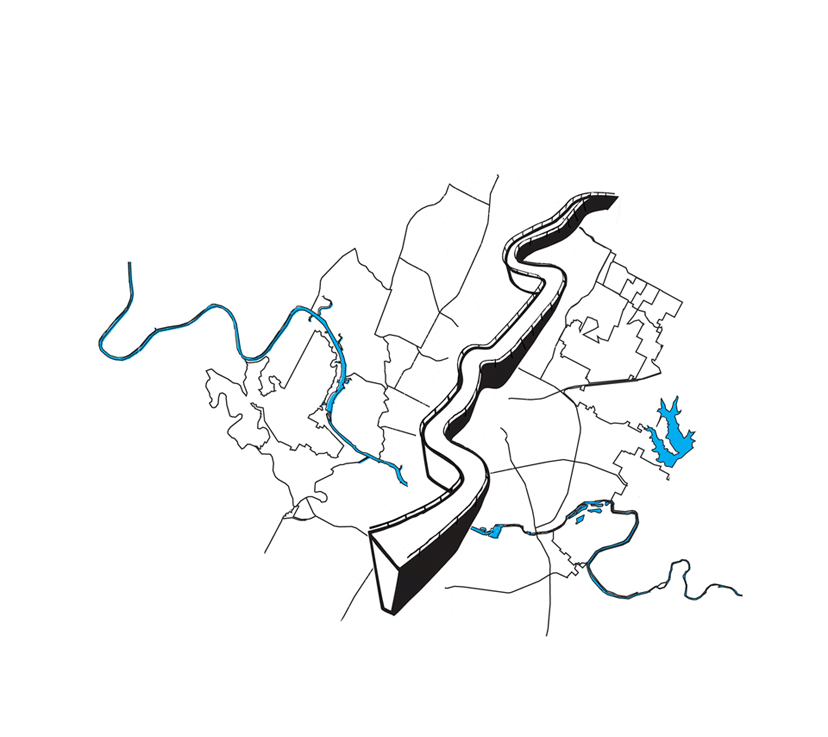

If our research were to be conducted in 1990, the statistics and interviews would have closely resembled those taken in 1960. Little change happened in those thirty years, as far as demographic shift goes. Since 1990, and especially in the last five years, East Austin has been economically opened up, more racial diversity is observed, and the so-called “creative class” has taken root in the area, no thanks to IH-35. For the city, this is wonderful, this new revenue. For the long time residents, however, this new turn of events is no help to their precarious economic situation. Instead of helping them get a leg up, it is raising property taxes to astronomical levels, forcing them out “off the reservation,” the place they had previously been forced to go. The city has big plans for the East Side and its improvement, but none of the original residents will benefit. Attempts are being made to create tax abatements for long-time residents, and to send aid to the new communities being formed by the economically disadvantaged in other areas of Austin, but so far it is not enough.



